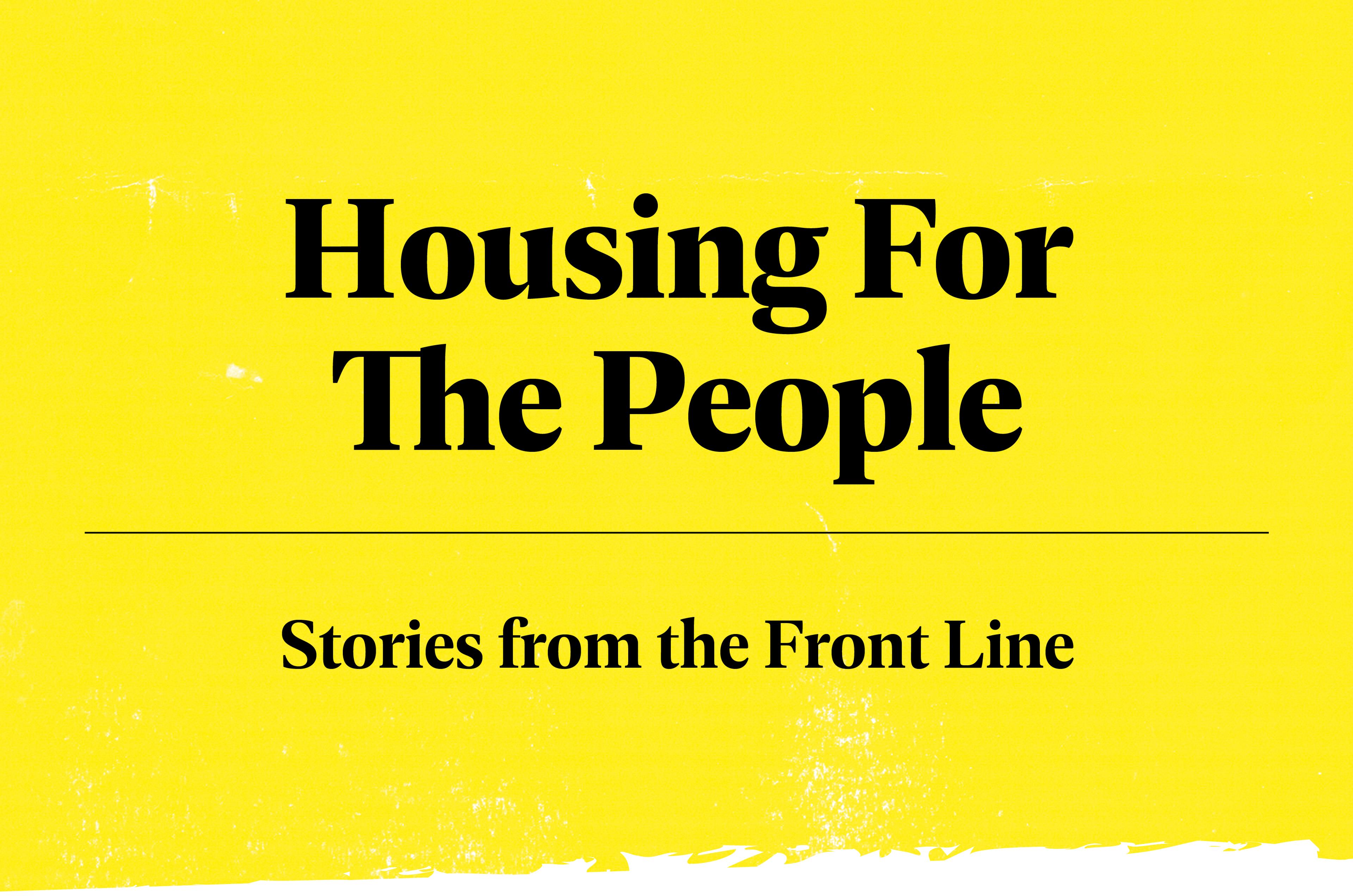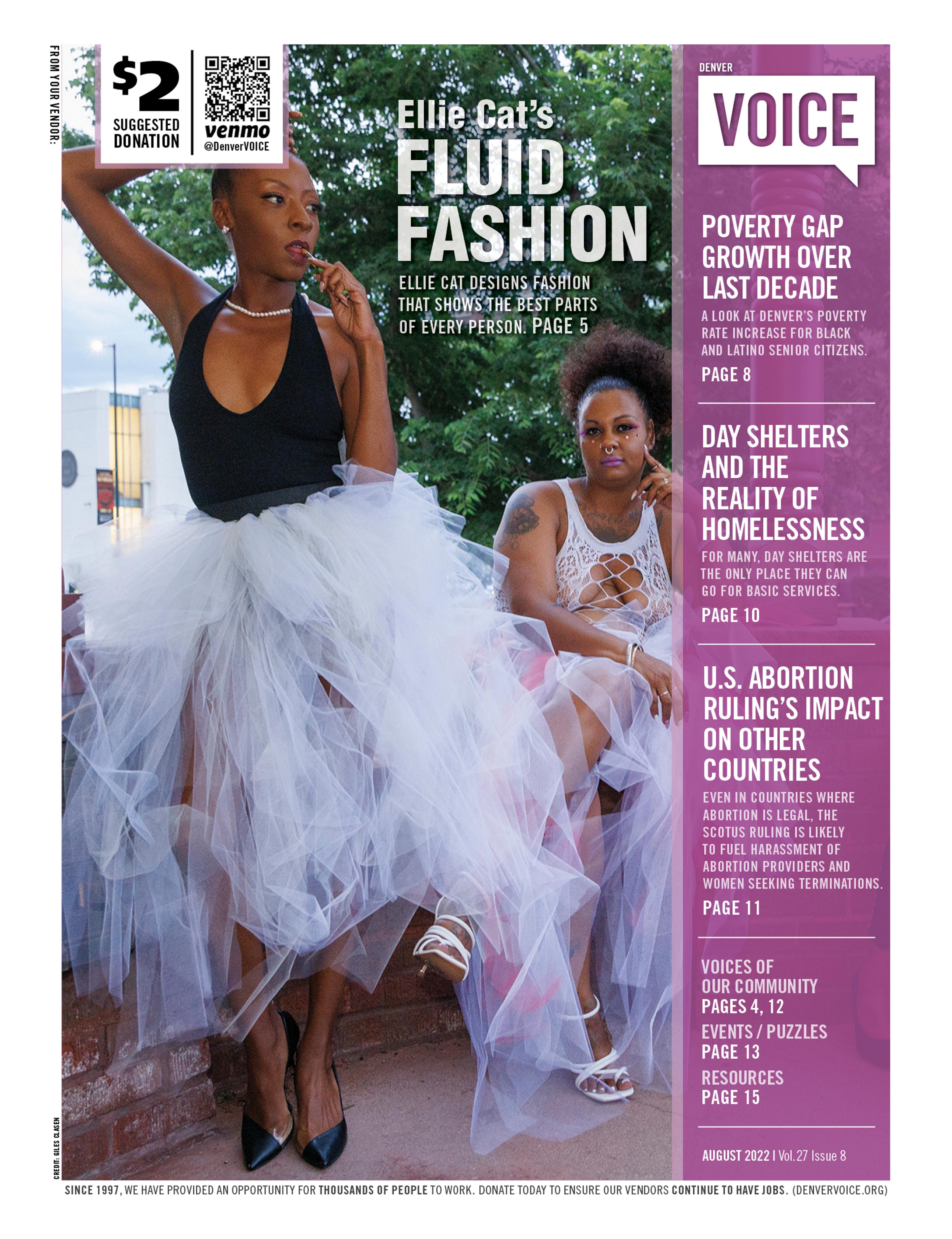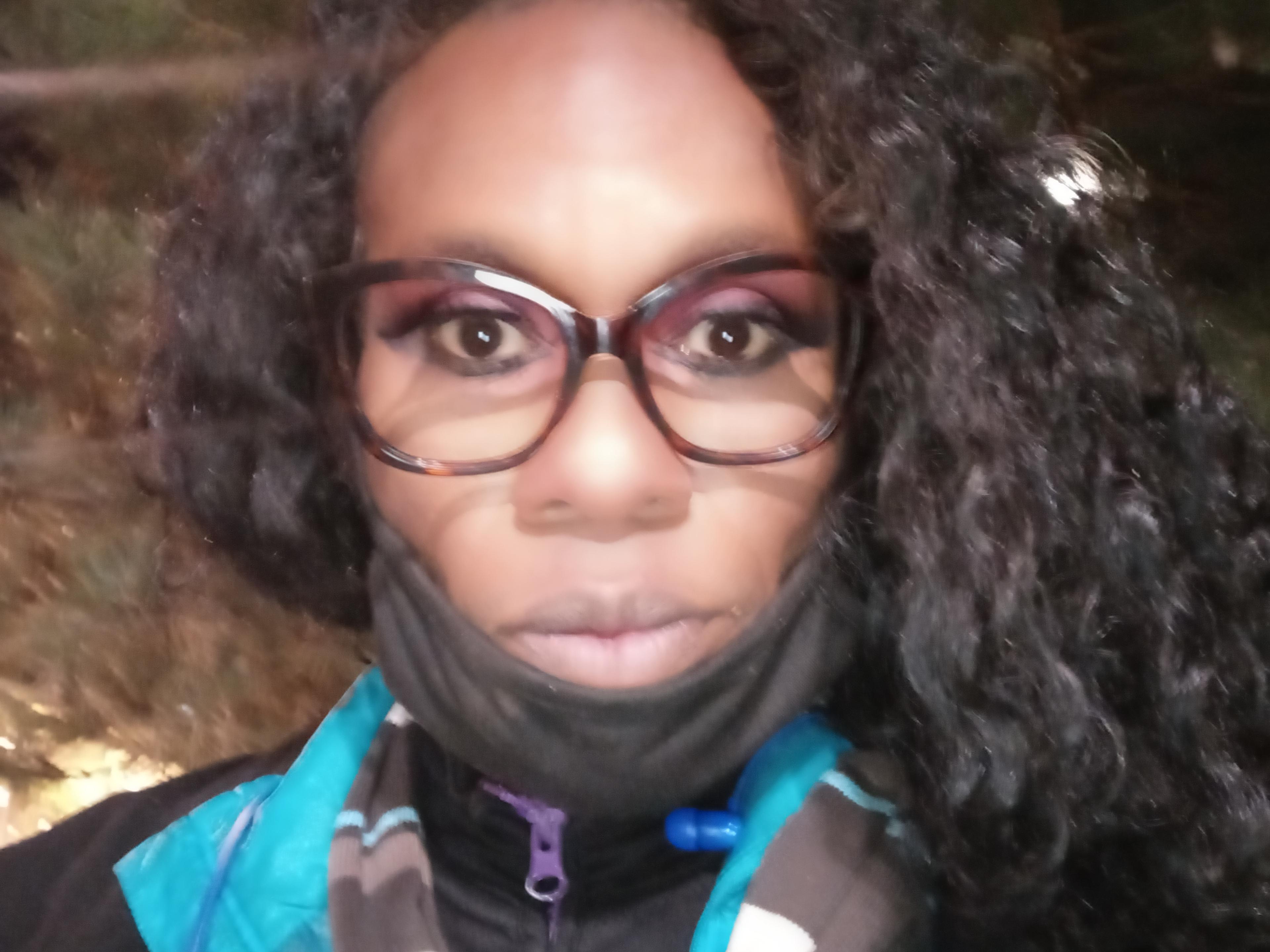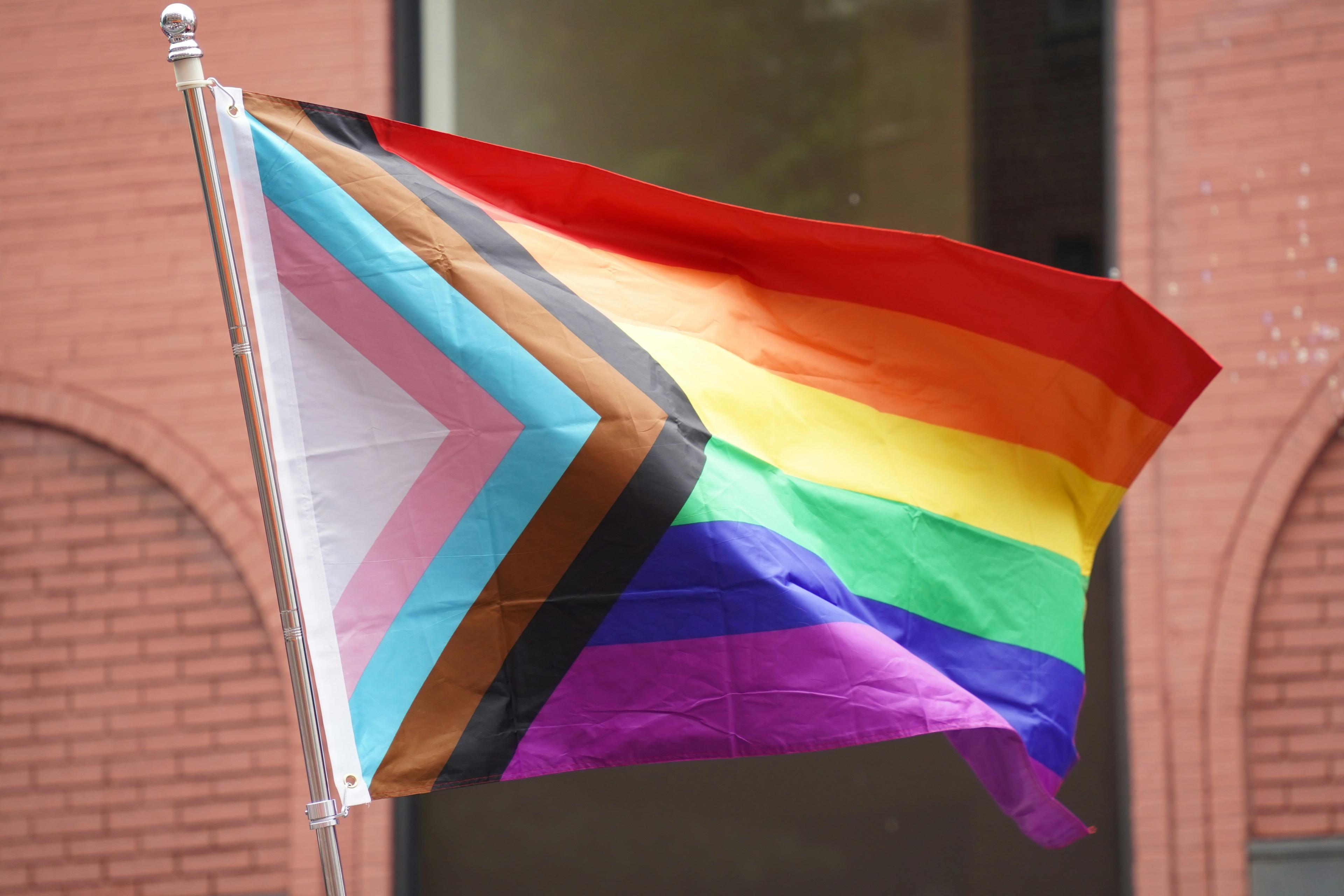Housing for the People: “We have to go beyond people just attaining housing”

By Larmarques ‘Misha’ Smith
- Lived experience

For the latest instalment of INSP’s ‘Housing for the People’ column, Denver VOICE contributor Larmarques ‘Misha’ Smith writes about their journey from temporary to stable housing, their experience of shlters throughout the pandemic, and how ensuring housing is a right enjoyed by all should be done intersectionally with multiple goals in mind.
In 2010, I did a year of service with Americorps with the Homeless and Housing Coalition of Kentucky (HHCK) and the Kentucky Domestic Violence Association (KDVA). I learned a bit about homelessness, the people experiencing homelessness, and domestic violence. It gave me a new perspective which has helped me throughout my experience.
My name came up recently to receive a housing voucher from the Tenant Based Rental Assistance Program. I’d signed up for housing assistance about three years prior. Before that, I was housed because of my employer. When I lost my job, I was forced to deal with homelessness head-on.
Before the shutdown in March of 2020, I mostly slept at one of two shelters. Usually, there were two to three busloads that took us to the shelter, which amounted to about 250 people in that space.
Sometimes, I’d have to stay at a different shelter. So, when they announced they were converting part of the Western Stock Show Complex (which I’ll refer to as the Complex) into this “all in one shelter”, for us to stay during the shutdown, I was relieved that something was finally going to be done.
At the other shelters, we could only stay overnight, and they would wake us at 5 every morning. Then, we’d have to leave and wait outside until our buses came.
It was nice to be moved to the Complex because we didn’t have to leave during the day. We had a small storage space to keep our things. Our belongings weren’t “secure”, but at least we didn’t have to take them whenever we left for the day. We could get all of our meals at the Complex. We were able to take showers, and a local non-profit provided mobile laundry services.
It was nice, for temporary housing, but I had just recently gotten a job as a barista at a coffee shop that I needed to get to early most days, so my schedule did not line up with the hours of service the Complex provided. I could not shower before work because the showers were not open, so I had to make sure I always showered the night before. The same with laundry. By the time I had to leave for work, they oftentimes would not be accepting laundry because the laundry area was not open yet. By the time I got back to the shelter after my shift, I would have already missed dinner and would have to hustle to take a shower at night before they shut them down.

We had an 11pm curfew, but over time, they moved it to 8pm. That made it difficult because I had to take a bus to get to and from work. Sometimes, I wouldn’t be off work until 7.30, which meant I wouldn’t get to there in time. Even if I had a note from work, the shelter wouldn’t let me in, so on those nights, I had to find somewhere else to sleep.
We didn’t have to leave the Complex during the day, so if it was too hot or cold, we could stay. We could also take a nap if we wanted. Pre-pandemic, if I wanted to take a nap during the day, I would have to go to Saint Francis Center, one of the day shelters here in Denver, or I would take a ride on the RTD light rail back and forth until I got enough rest for me to function. It was nice for once to be able to sleep during the day in the same cot that I slept in the night before.
When the Complex first opened, we had an 11pm curfew, but over time, they moved it to 8pm. That made it difficult because I had to take a bus to get to and from work. Sometimes, I wouldn’t be off work until 7.30, which meant I wouldn’t get to the Complex in time. Even if I had a note from work, the shelter wouldn’t let me in, so on those nights, I had to find somewhere else to sleep.
I don’t think my boss understood what it took to get to work on time. At the Complex, there were so many of us needing to catch the bus, and there was room for only so many people. Once we got to where the buses took us, we had to find a way to get to our final destinations.
At one point, I was given a bike to aid with me being at work on time. Shortly after that, I contracted COVID and had to inform my boss and fellow employees about my diagnosis, and then I had to quarantine in a designated hotel. It was the Fourth of July weekend 2020, and I was concerned about testing positive for COVID and how this will ultimately affect me. I finished my quarantine, and my test came back negative, so I was able to return to work. And since I was immunocompromised, I was able to stay at a hotel specifically for those who are homeless and were immunocompromised for whatever reason.
Now that I’m in stable housing, I don’t have to worry about being shut out because I’ve arrived too late or wondering how I am going to pay my rent.
If we’re going to talk about housing justice, we have to go beyond people just attaining housing. Housing justice means everyone has a right to be housed; no matter their race/color, faith, or gender preference. No one should be unhoused, and everyone should be able to stay someplace where they feel safe, where they know that if they leave, their belongings are secure and will be there when they come back. Just a couple of months ago, I wasn’t in secure housing, so I know how different both experiences feel. A lot of people fail to realize that many of us are one paycheck away from being homeless – they may not be homeless right away, but a loss of income will quickly affect the rest of their lives and those of the people who live with them.
Larmarques ‘Misha’ Smith sells the Denver VOICE street paper in Colorado.
Housing for the People is a column produced by the International Network of Street Papers from people on the frontlines of the housing justice movement in America and beyond.
Courtesy of INSP North America / International Network of Street Papers
